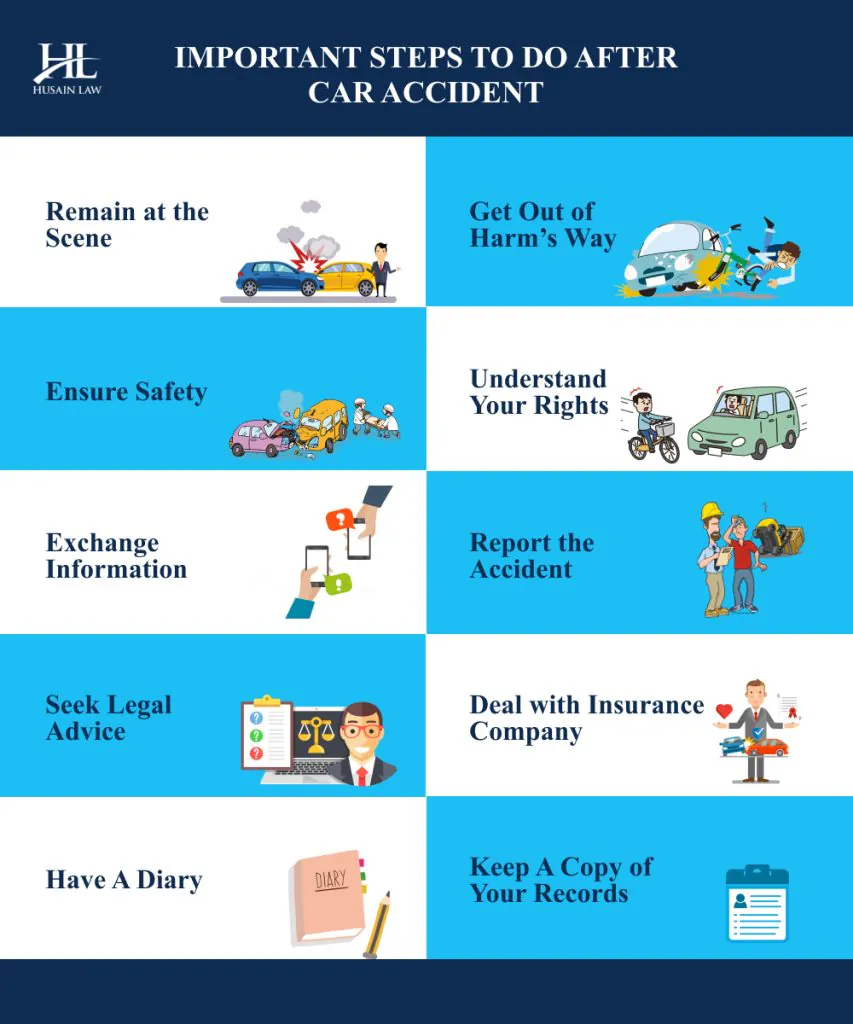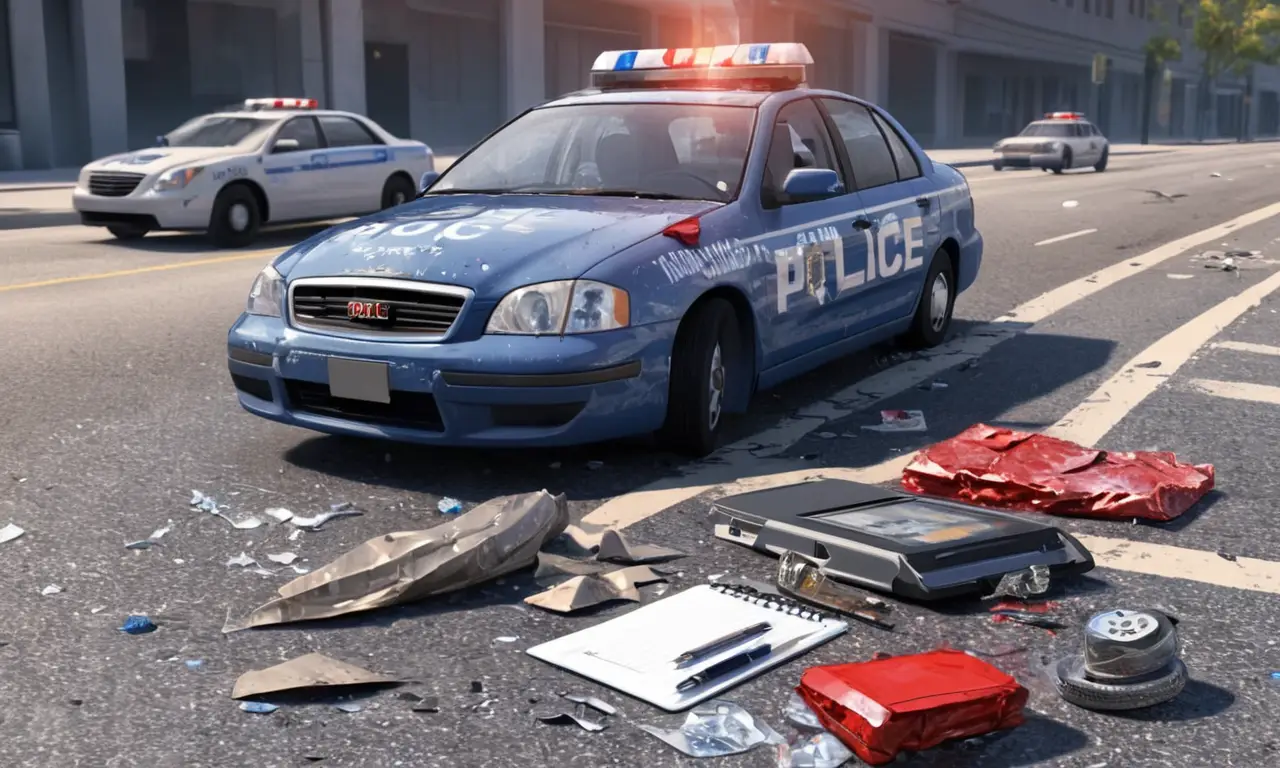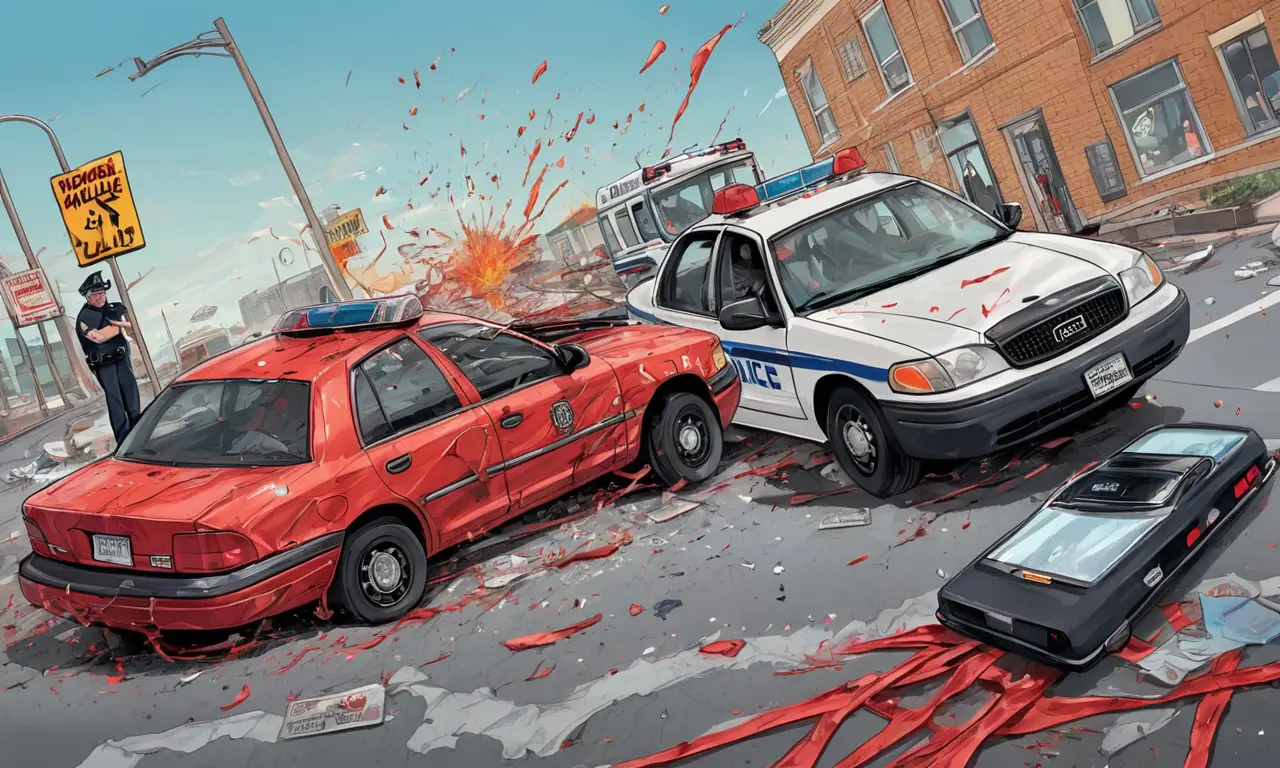
A car accident can be a stressful and overwhelming experience. In the immediate aftermath, it’s crucial to remain calm and collected. One of the most important steps you can take is to exchange essential information with all parties involved. This will help ensure a smooth claims process and protect your legal rights.
This article will guide you through the necessary steps for exchanging what info to exchange in a car accident, outlining the key details to collect, how to document the incident, and why this information is so vital. By following these guidelines, you can navigate the aftermath of an accident with greater confidence and clarity.
Car Accident Information Exchange
Exchanging information after a car accident is not just a courtesy; it’s a legal requirement in most jurisdictions. Failing to do so could result in penalties or complications when filing insurance claims. It’s important to remember that even minor accidents should be documented properly.
Always prioritize safety first. If possible, move your vehicle to a safe location away from traffic. Turn on your hazard lights and assess the situation before approaching other drivers. Once it’s safe, initiate the information exchange process. Be polite and respectful throughout the interaction.
Essential Details to Collect

When exchanging information after an accident, focus on collecting comprehensive details that will be crucial for insurance claims and potential legal proceedings.
Personal Information
Obtain the full name, address, phone number, and email address of all drivers involved in the accident. If there are passengers, collect their names and contact information as well.
Driver’s License Details
Request a copy of each driver’s license. Note the license number, state of issuance, and expiration date. This information verifies the identity of the drivers and helps with insurance verification.
Insurance Information
Obtain the name of the insurance company, policy number, and contact information for each driver’s insurance agent. This allows you to initiate the claims process promptly and efficiently.
Contact Information After an Accident
In addition to the basic contact details mentioned above, consider asking for additional information that might be helpful in the future. This could include:
- Employer name and contact information
- Emergency contact person’s name and phone number
- Any relevant medical conditions or medications that could affect driving ability
Vehicle Information

Documenting vehicle details is essential for insurance purposes and accident reconstruction. Collect the following information for each vehicle involved:
- Make, model, and year of the vehicle
- License plate number
- Vehicle Identification Number (VIN)
- Any distinguishing features or damage to the vehicle
Accident Documentation
Thoroughly documenting the accident scene is crucial for supporting your insurance claim and providing a clear account of events.
Take Photos
Capture photos of the following:
- Damage to all vehicles involved
- The position of the vehicles after the accident
- Skid marks, debris, or other evidence at the scene
- Any visible injuries sustained by individuals involved
- The surrounding environment, including traffic signs and road conditions
Write an Accident Report
Create a detailed written account of the accident. Include:
- Date, time, and location of the accident
- A description of the events leading up to the accident
- The sequence of events during the collision
- Any contributing factors, such as weather conditions or road hazards
- Witness information, if available
Conclusion
Exchanging what info to exchange in a car accident is a critical step in ensuring a smooth and fair resolution after an incident. By collecting comprehensive details about all parties involved, documenting the accident scene thoroughly, and maintaining clear communication with insurance companies, you can protect your rights and navigate the claims process effectively. Remember to prioritize safety, remain calm, and seek legal advice if needed.
